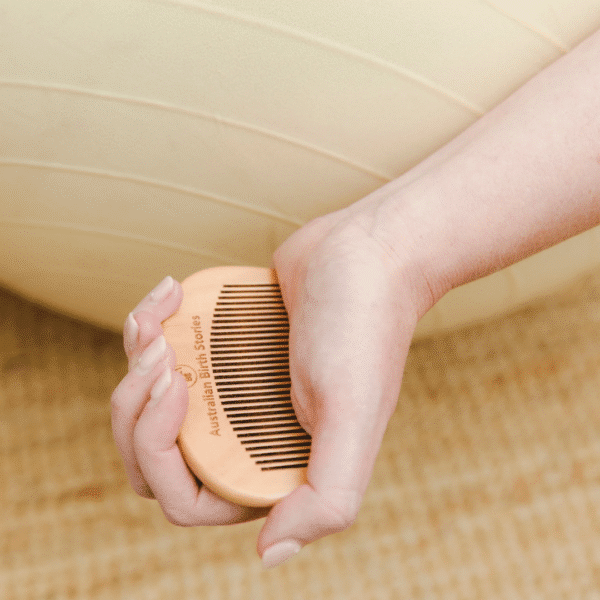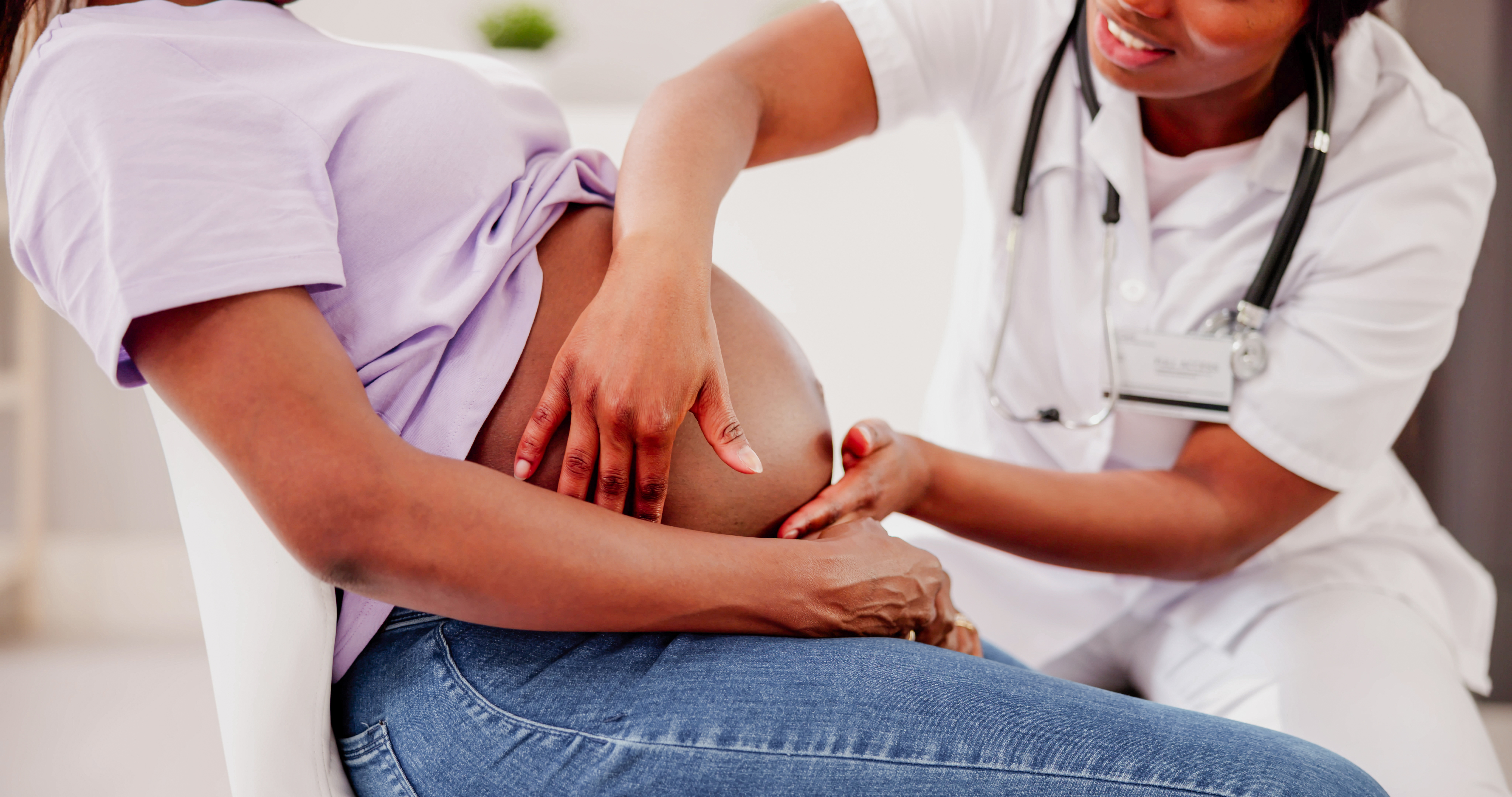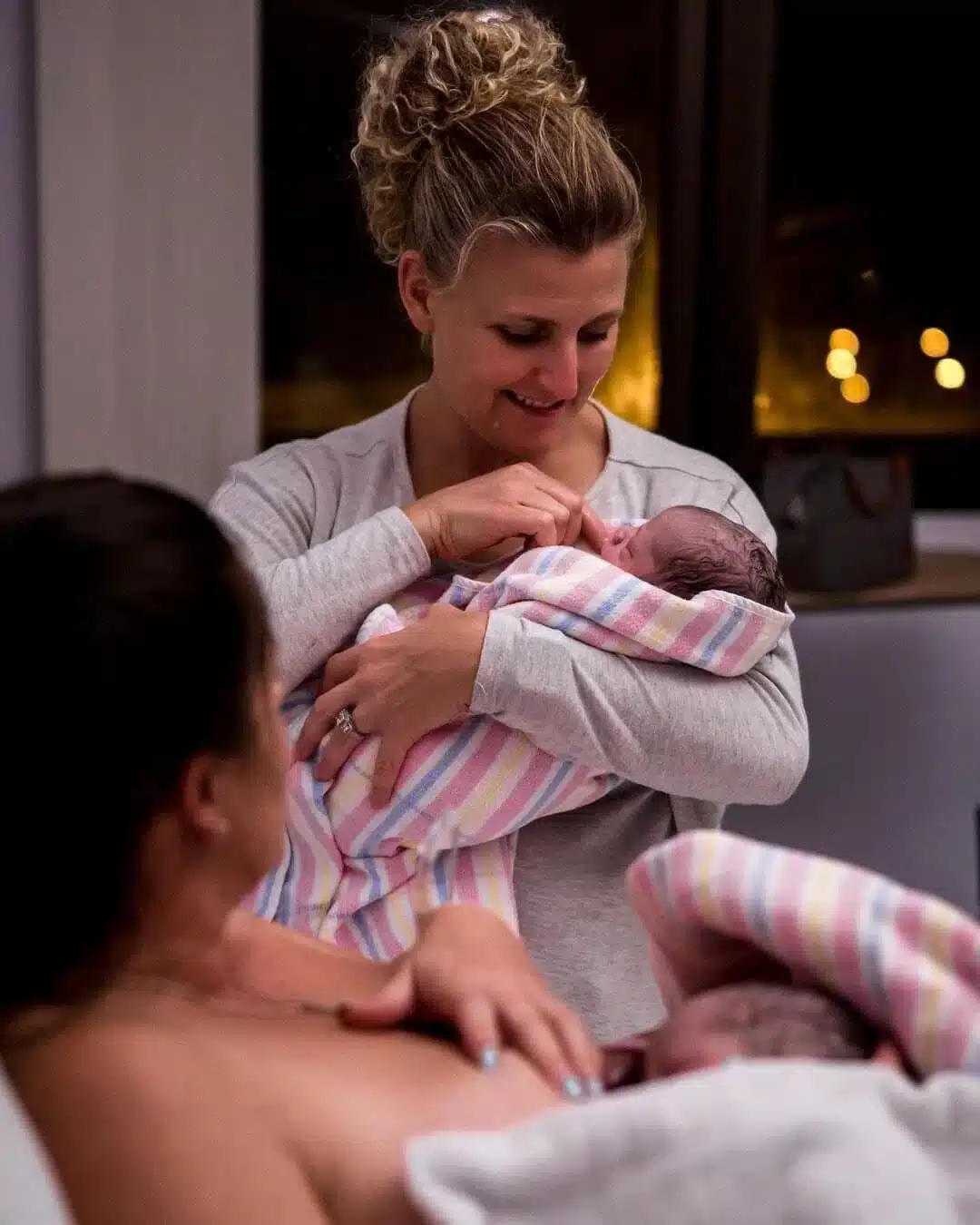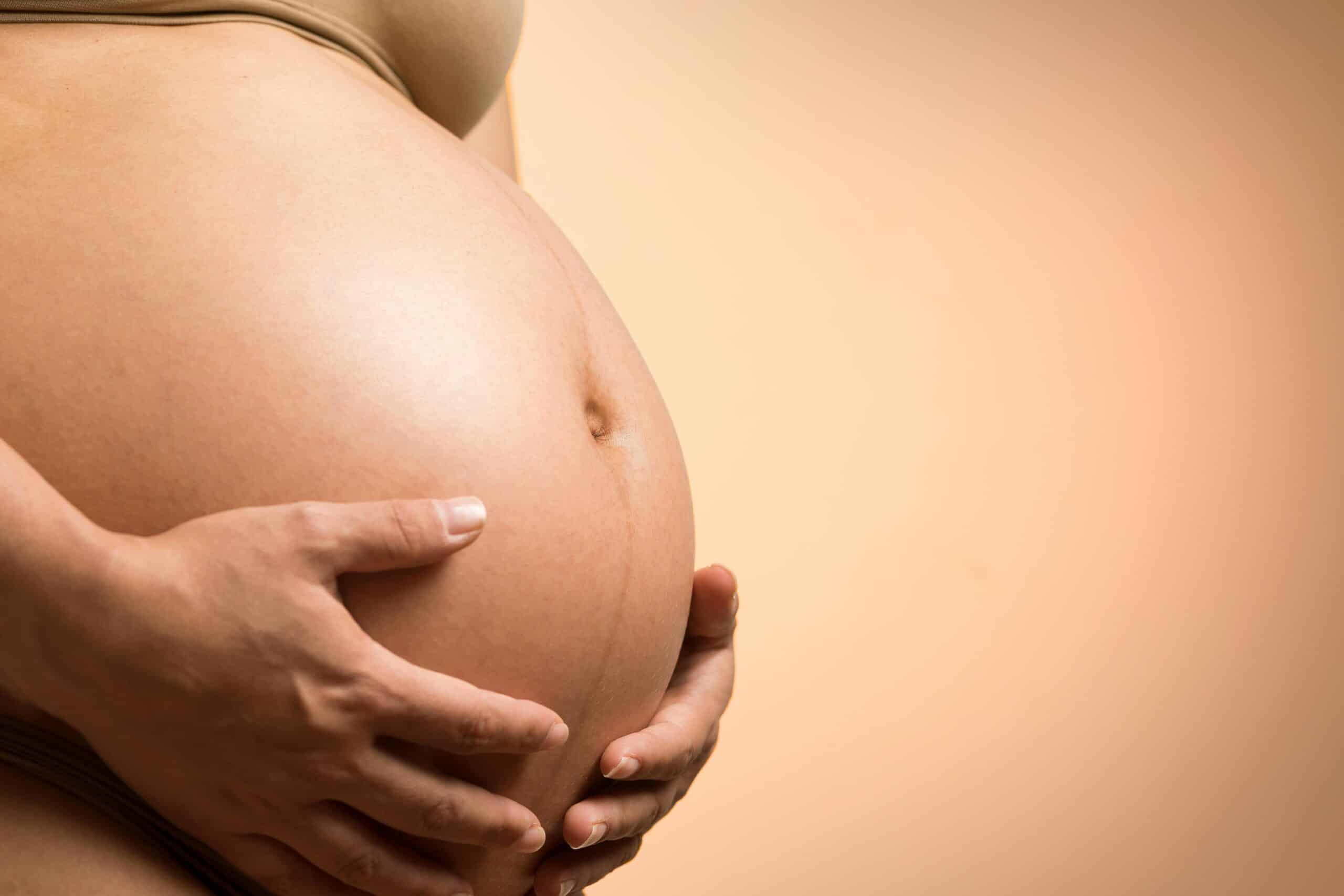Pregnancy Endometriosis And Pregnancy
Endometriosis And Pregnancy
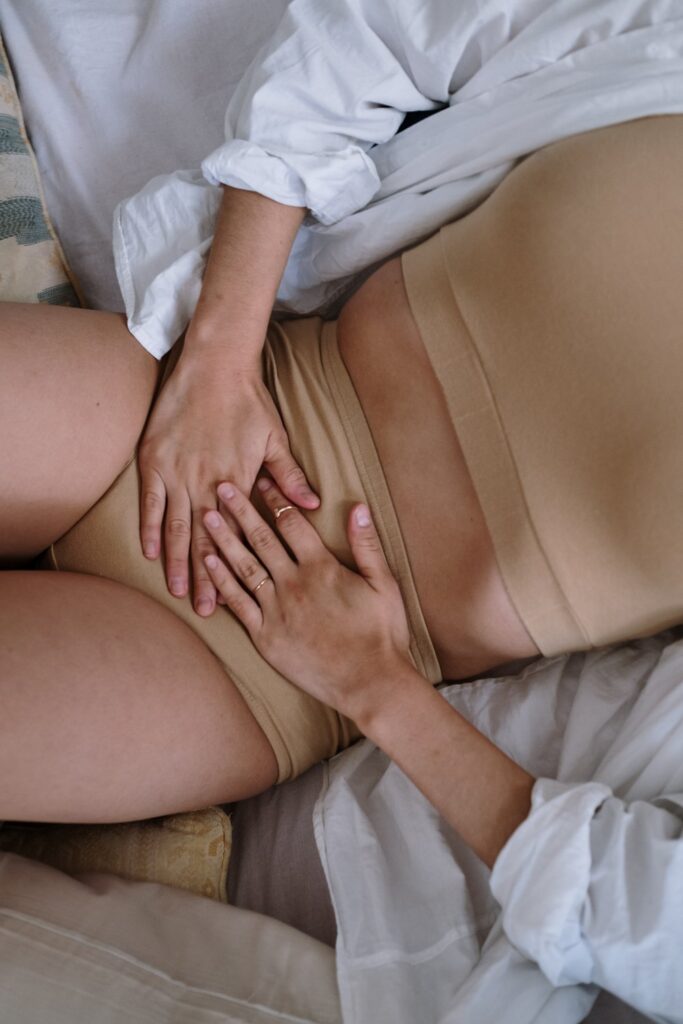
Can you get endometriosis after pregnancy?
With Endometriosis Awareness Month observed around the world annually in March, we wanted to share some information and stories about this debilitating disease, its symptoms, treatments and unpack a common misconception associated with endometriosis and pregnancy.
When you’re planning on having a child or are experiencing pregnancy for the first or fifth time there’s so much to learn and research. New mothers-to-be may be wondering ‘can you get endometriosis after pregnancy?’, ‘what risk factors are associated with a caesarean delivery?’ and ‘what symptoms of endometriosis should I look out for?’.
So we’ve prepared this article to answer some of the most common questions we hear about pregnancy and endometriosis.
This article will start by getting clear on what endometriosis is and its common symptoms. Then we’ll delve into endometriosis and pregnancy specifically, looking at:
-
Whether pregnancy ‘cures’ endometriosis.
-
The experience of pregnancy with endometriosis.
-
The relationship between caesareans and endometriosis.
-
Treatment and management options for endometriosis.
What is endometriosis?
Endometriosis or endo for short, is defined by the World Health Organisation (WHO) as ‘a disease characterised by the presence of tissue resembling endometrium (the lining of the uterus) outside the uterus. It causes a chronic inflammatory reaction that may result in the formation of scar tissue (adhesions, fibrosis) within the pelvis and other parts of the body’.
Research by the University of Queensland found one in nine Australian women are diagnosed with endometriosis before the age of 44. And the latest data from the WHO states endometriosis affects roughly 10% of reproductive age women and girls worldwide or approximately 190 million females.
Due to symptoms being so variable from individual to individual, healthcare practitioners can struggle to recognise this disease and diagnosis requires an invasive surgical procedure (a laparoscopy). This means there is commonly a long delay between when symptoms are first experienced and diagnosis, where on average diagnosis can take 6.5 years in Australia.
Research estimates the annual cost of endometriosis at around AUD$9 billion, mostly due to productivity losses as a result of the debilitating and painful symptoms experienced.
With such a high prevalence in the population and a huge economic burden yearly, awareness, education and recognition of endometriosis must be raised as well as crucial fundraising to support research into treatments that help control symptoms to provide a better quality of life for women living with endo, as at present there is no known cure.
What are the symptoms of endometriosis?
It’s important to acknowledge that symptoms of endo are variable, but some of the common symptoms include:
-
Painful periods and cramping.
-
Heavy or irregular bleeding.
-
Chronic pelvic pain.
-
Pain during and/or after sexual intercourse.
-
Painful bowel movements.
-
Painful urination.
-
Fatigue.
-
Depression or anxiety.
-
Abdominal bloating.
-
Nausea.
-
Frequent urination.
Does pregnancy cure endometriosis?
A common myth associated with this disease is that pregnancy is a cure for endometriosis. While pregnancy is by no means a cure or a viable treatment option for endometriosis, anecdotal evidence from some women is that pregnancy temporarily reduced symptoms of endometriosis probably due to the cessation of the menstrual cycle and period pain during their pregnancy.
In fact, a recent study found that pregnancy in women with endometriosis is not always associated with improved symptoms. The study concluded that ‘the development of endometriosis is variable and there is no evidence that pregnancy can be expected to generally reduce the size and number of endometriotic lesions… Women with endometriosis aiming for pregnancy should not be told that pregnancy may be a strategy for managing symptoms and reducing progression of the disease’. Some women do continue to experience pain symptoms caused by endometriosis during pregnancy.
Experiences with the symptoms of endometriosis after having a baby vary from person to person. Some women report that symptoms return right after they finish up breastfeeding and when their periods resume. Others report an improvement in symptoms post-pregnancy. Whatever your experience, it’s important to continue the discussion of the best ways to manage and treat your endometriosis after birth with your doctor.
Real-life experiences of pregnancy with endometriosis
On the Australian Birth Stories podcast, we’ve interviewed numerous women who have gone through successful pregnancies with an endometriosis diagnosis. With so much scientific research and statistics out there, we thought it’d be valuable to feature some personal insights and anecdotes to help shed light on different experiences of being pregnant and endo.
‘Stevie Dillon had experienced incredibly painful periods for as long as she can remember and had a hunch that she might receive an endometriosis diagnosis. ‘The specialist said I had a perfect storm of polycystic ovaries, hyperthyroidism and stage three endo. I had a laparoscopy a few months later and two months after that I fell pregnant. Honestly, I couldn’t believe it. I was in the frame of mind that I might not fall pregnant and I was ok with that. I wasn’t the sort of person who desperately wanted to have a baby…I knew that if it happened it would be amazing but I could still see a great life for myself without kids.’ – Stevie Dillon
Listen to Stevie’s full story here.
‘I had surgery, my left tube was removed and before then I had had regular periods and no pain. After the ectopic pregnancy I had debilitating pain and at times I looked six months pregnant. I had surgery and they found stage 4 endometriosis. It had grown from a stump of my fallopian tube that was left after the operation. There was a certain comfort in knowing that the endo was the reason I was losing my pregnancies.’ – Keira Rumble
Listen to Keira’s full story here.
‘I went through eight years of IVF; nine rounds in total. I got my period at 15 and I suffered incredible pain from the outset, particularly around ovulation. When I started fainting at school my mum took me to the GP and I was referred to a gynaecologist. From what I know about endometriosis, my straightforward diagnosis is actually quite rare. I remember the gynaecologist telling me that the only cure would be to have a baby or an hysterectomy. It’s quite confronting to hear that in your late teens. I had to learn to deal with chronic pain, the kind that often makes me vomit. I’ve had nine laparoscopies over the years and during IVF they were very common as they would go in for egg retrieval and find more endometriosis.’ – Abby
Listen to Abby’s full story here.
Can you get endometriosis after a C-section?
Having a caesarean delivery has been associated with a higher risk of endometriosis, although it is relatively rare. Research shows that between 0.03%-0.04% of new mothers experience endometriosis symptoms after having a C-section.
This study found that women who had had a C-section were more likely to have an in-hospital endometriosis diagnosis. But it should be noted that the researchers admit further investigation is needed to confirm these findings.
There is some evidence to suggest C-section scars can cause endometriosis, when this rare condition occurs it is called incisional endometriosis. This is where endometrial (tissue from inside the uterus) tissue grows along the C-section scar causing painful adhesions and growths which can impact fertility and cause painful periods.
Surgery to remove the growths is the main treatment option for incisional endometriosis. This report suggests there has been a rise in incisional endometriosis simply because the number of caesarean births is on the rise.
Symptoms of endometriosis after a C-section
Again these can vary from person to person, but some of the most common symptoms of endometriosis to be aware of after a C-section include:
-
Pelvic pain.
-
A noticeable discoloured lump or mass on the C-section scar.
-
Pain and tenderness on the scar months or even years after giving birth – this study found the average time between the caesarean delivery and symptom development was 4.1 years.
-
Bleeding or discharge from the incision site that gets worse during menstruation.
If you notice a painful area of scar tissue at the incision site, if the scar doesn’t look like it’s healing properly and if symptoms get worse when you have your period we recommend talking to your doctor as endometriosis could be the cause.
Diagnosis typically involves an examination of the scar, ultrasound and MRI to rule out other causes and laparoscopic surgery to identify whether the lump is endometrial tissue or not.
What are the treatment options for endometriosis?
There is a range of different treatments and tools women utilise to manage their endometriosis, including:
-
Prescription pain medication.
-
Alternative therapies such as acupuncture, remedial massage and Chinese herbal medicine.
-
Hormonal treatments such as progesterone (a hormone that helps prevent endometrial tissue from growing) medications, like the pill.
-
Surgery to remove endometrial tissue.
-
A hysterectomy with removal of the ovaries can reduce the risk of recurrence. Note: Endometriosis experts are moving away from this approach in favour of the careful removal of the endometrial tissue via surgery.
-
The QENDO app is a fantastic free tool that helps women manage their endometriosis by tracking their pain, bleeding, symptoms and allows them to share data with their health team as needed.
As a progressive disease, if you suspect you have any of the symptoms outlined above or suspect something is not quite right, we recommend consulting with a healthcare professional. Early detection and management of symptoms can help to slow its progression and reduce common complications (like infertility) that are associated with endometriosis.
For more resources, stories, advice, information on support groups and to donate to endo education and research head to Endometriosis Australia.
Disclaimer
Australian Birth Stories does not accept any liability to any person for the information or advice (or use of such information or advice) which is provided on the website or incorporated into it by reference. Australian Birth Stories provide this information on the understanding that all persons accessing it take responsibility for assessing its relevance and accuracy. We encourage you to discuss your health needs with a health practitioner. If you have concerns about your health, you should seek advice from your health care provider or if you require urgent care you should go to the nearest Emergency Dept.
Categories
Related Products
-
Birth Combs: Harness Your Body’s Natural Pain Relief
$24.95Crafted from smooth, natural wood, our birth combs activate specific pressure points in your hands that trigger your body’s innate pain-relieving responses.
Get your copy of our Perineal Massage Guide in your inbox
Keep Reading
We think you might enjoy these articles
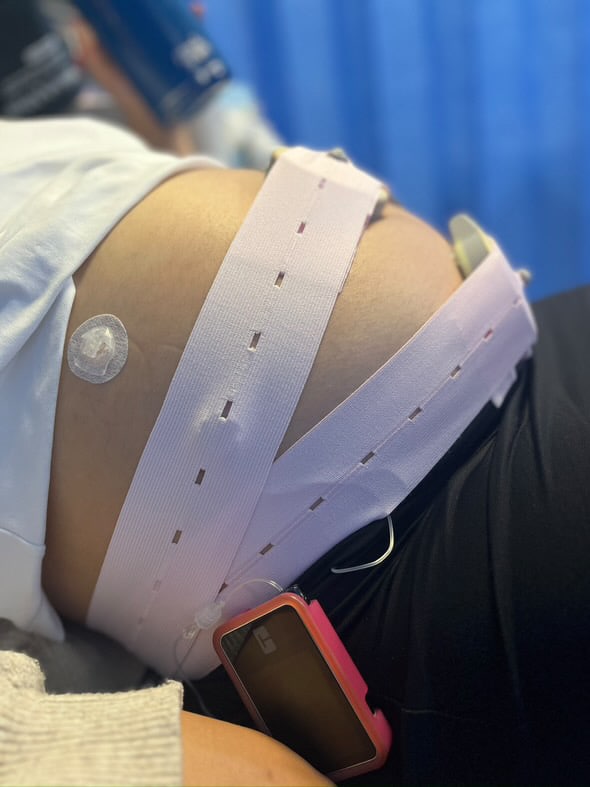
Pre-existing Diabetes and Pregnancy: What You Need to Know

Harnessing the Power of Acupressure: A Natural Approach to Preparing for Birth

Thoughtful Christmas Gifts for your Pregnant Friend.

What is Pre-eclampsia?
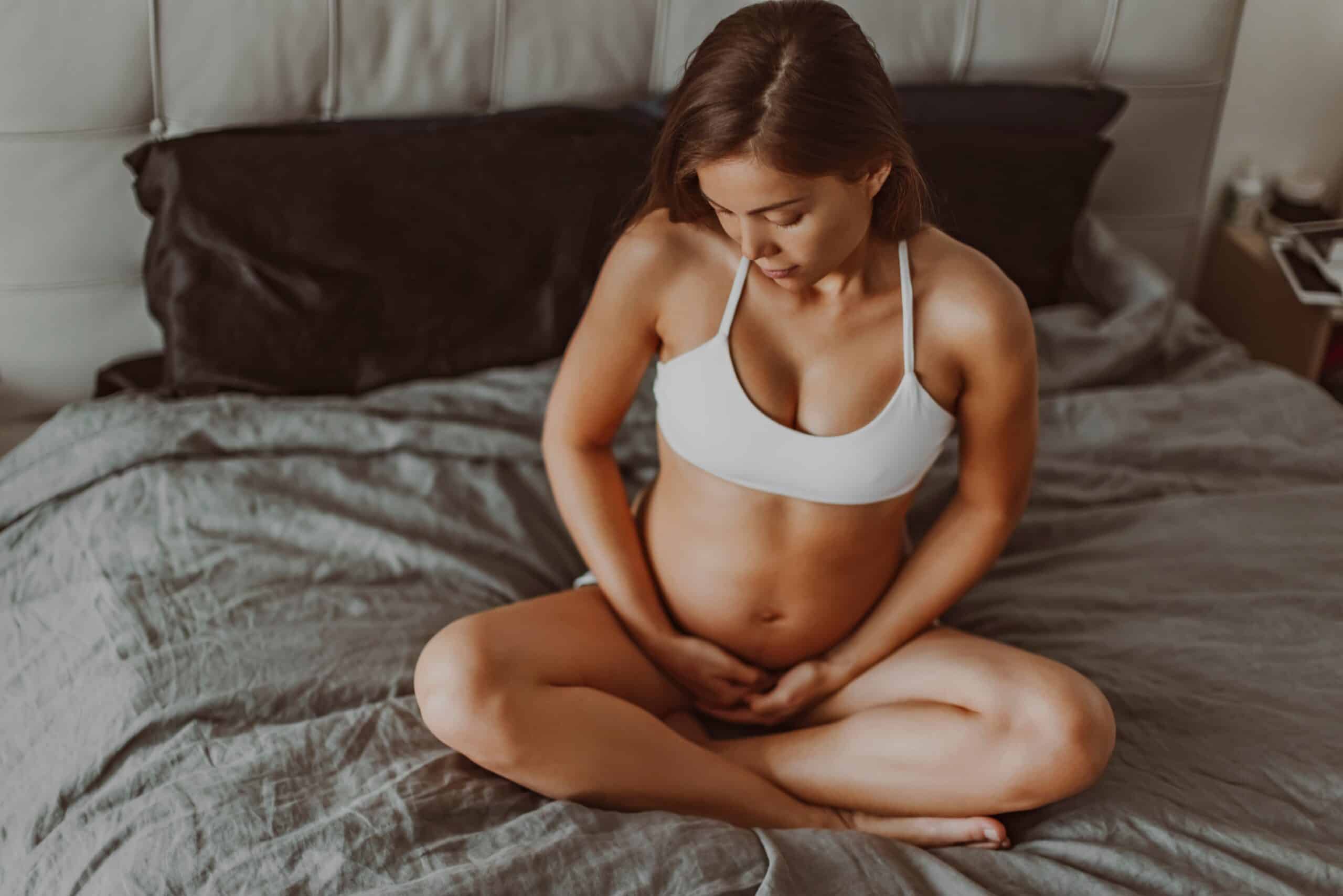
Non-invasive Prenatal Testing (NIPT)
@AustralianBirthStories
Follow along with us
@AustralianBirthStories
Follow along with us
@AustralianBirthStories
Follow along with us
@AustralianBirthStories
Follow along with us
@AustralianBirthStories
Follow along with us
@AustralianBirthStories
Follow along with us
@AustralianBirthStories
Follow along with us
@AustralianBirthStories
Follow along with us
@AustralianBirthStories
Follow along with us
@AustralianBirthStories
Follow along with us
@AustralianBirthStories
Follow along with us
@AustralianBirthStories
Follow along with us
